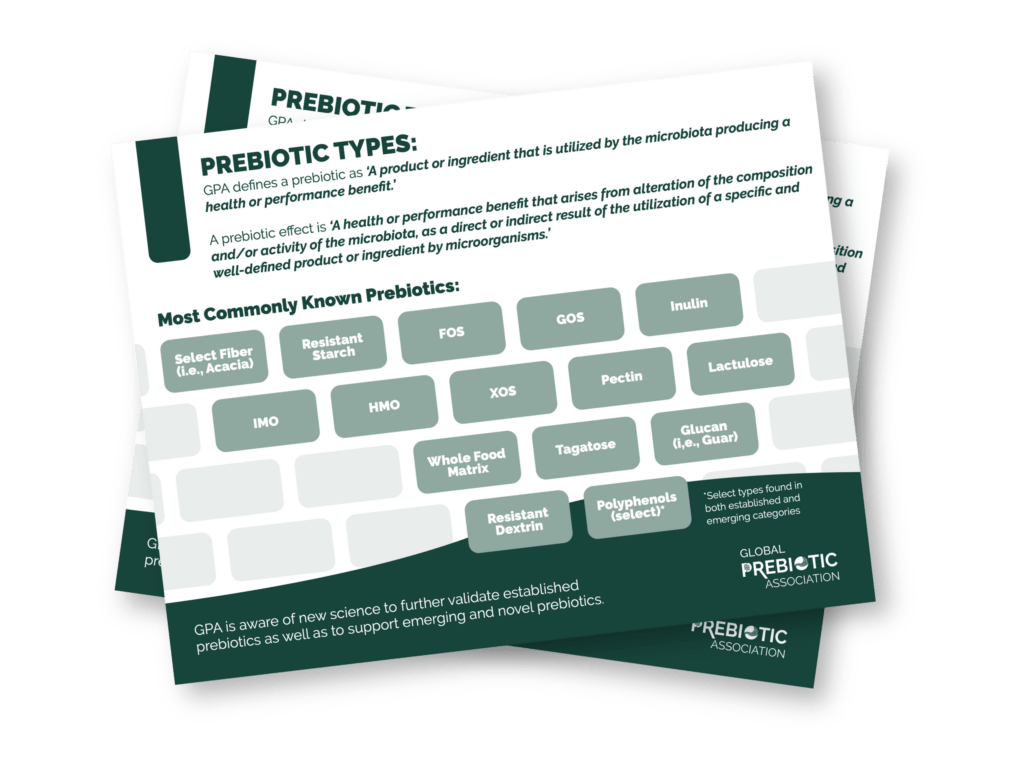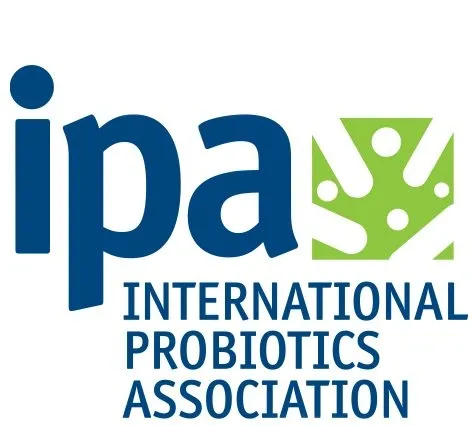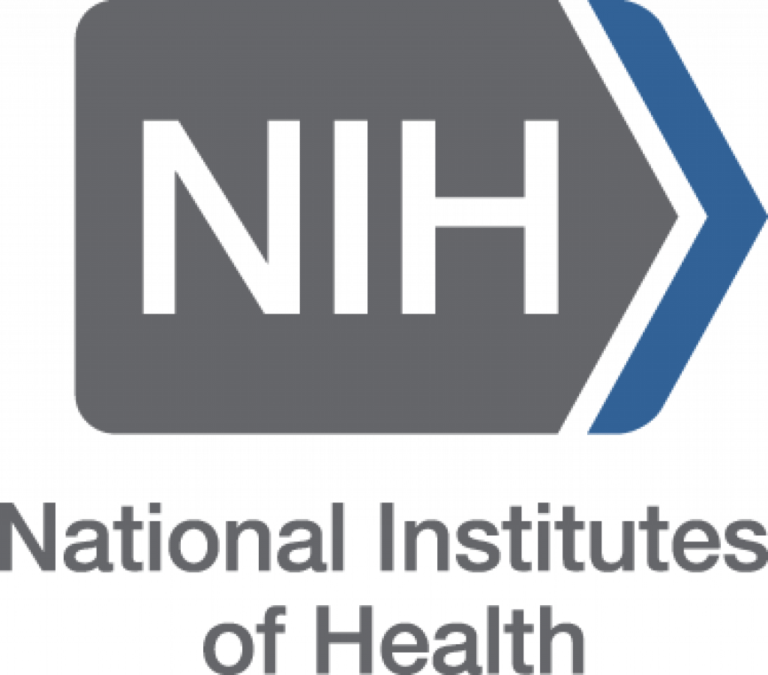Prebiotic Resources
Even amongst industry insiders, there is some debate regarding the definition of a prebiotic, and the relationship between prebiotics, fiber and probiotics, as well as the agreed assessment of health benefit. It is clear however, that like probiotics not too long ago, there is consumer, practitioner and industry confusion, there is emerging science, and there is significant category growth and opportunity.
GPA defines a prebiotic as a product or ingredient that is utilized in the microbiota producing a health or performance benefit.
And a prebiotic effect is “a health or performance benefit that arises from alteration of the composition and/or activity of the microbiota, as a direct or indirect result of the utilization of a specific and well defined product or ingredient by microorganisms”
The most common example is in the gastrointestinal tract, where prebiotics can alter the composition of organisms in the gut microbiome.
In diet, prebiotics are typically non-digestible fiber compounds that pass undigested through the upper part of the gastrointestinal tract and stimulate the growth or activity of advantageous bacteria that colonize the large bowel by acting as substrate for them.[1] They were first identified and named by Marcel Roberfroid in 1995.[1][2] As a functional food component, prebiotics, like probiotics, are conceptually intermediate between foods and drugs. Depending on the jurisdiction, they typically receive an intermediate level of regulatory scrutiny, in particular of the health claims made concerning them.
The below types are recognized by GPA as being prebiotics. Science is constantly evolving in this category and new types may be added.

Click here to access detailed information on prebiotic types. These understandings and more are being developed and challenged as new science and products emerge into the marketplace.
Educate yourself here, and join us to support further educational efforts and events!
Resources:

ISAPP
ISAPP

WGO
WGO

IPA
IPA


